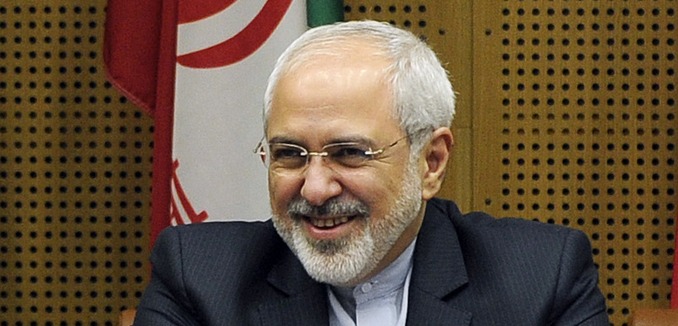Iranian Foreign Minister Mohammad Javad Zarif is kicking off a six nation tour of Latin America on Sunday amid increasing fears of Tehran’s influence over the region.
Zarif will begin his visit in Cuba on Sunday, then travel to Nicaragua, Ecuador, Chile, Bolivia, and Venezuela, according to Iranian media. More than 60 Iranian business leaders will accompany the minister on the trip, which was planned in an effort to bolster Iran’s commercial ties in the wake of last year’s nuclear deal.
While Iranian media focused on the potential boost in trade with Latin American countries, analysts warn that Tehran’s activities in the region are not limited to benign business dealings. “Iran’s asymmetric warfare against the West demands commercial engagement because it allows Tehran to deploy political operatives specializing in propaganda, intelligence and terrorism and to finance their activities under the guise of business activity,” Wall Street Journal editor Mary Anastasia O’Grady wrote in June.
“Authoritarian Venezuela, Bolivia and Nicaragua have welcomed the presence and influence of Iran. But others are being surreptitiously invaded, beginning with embassies, cultural centers and mosques. Peru’s southern rural communities are typical targets for launching networks. Front companies in the beef and oil industries in Brazil and Uruguay are used to provide cover for Iranian operatives,” she added. “It’s not hard to see how the end of sanctions on Iran—triggering the liberation of $150 billion in assets and the reopening of international economic channels—will increase Iran’s penetration of the Western Hemisphere.”
Matthew Levitt, director of The Washington Institute’s counterterrorism and intelligence program, warned earlier this month that Iran and its terrorist proxy Hezbollah are “hyperactive” in Latin America. He added that the activities of Iran and Hezbollah have “the full attention of U.S. intelligence officials and their counterparts south of the border.”
In 1994, just after the bombing of the AMIA Jewish community center in Buenos Aires, the State Department’s counterterrorism coordinator testified before Congress that Iranian embassies in Latin America had an excessive amount of personnel, “some of whom were believed to be intelligence agents and terrorist operatives,” Levitt noted.
“The rise of Iranian intelligence activities in the region, as well as Hezbollah operational activities in the region,” is concerning American officials, he added. The State Department’s 2015 report on global terror, which called Iran the “foremost state sponsor of terrorism,” warned that Hezbollah has the capacity to operate around the world, including in the Western Hemisphere.
[Photo: Bundesministerium für Europa, Integration und Äuße / Flickr ]




